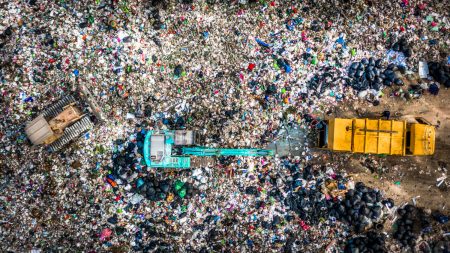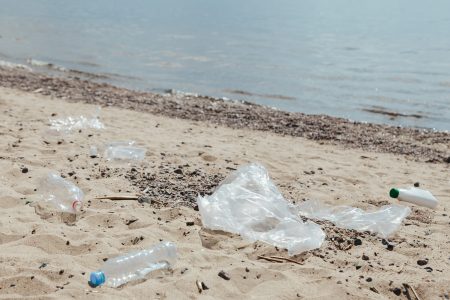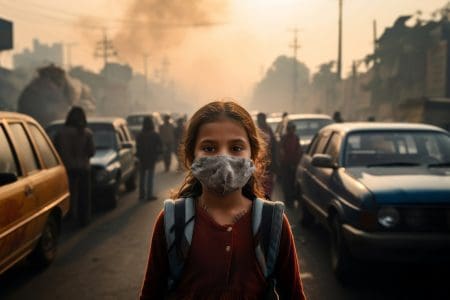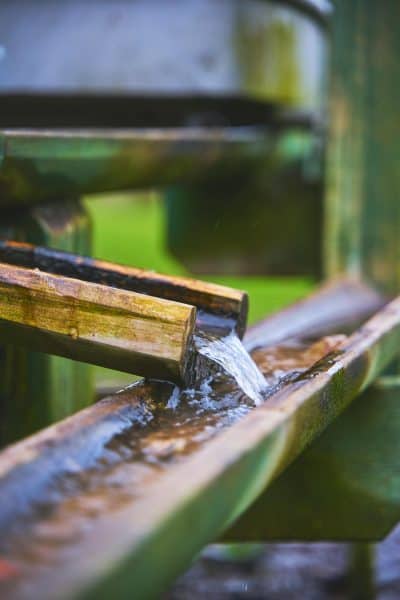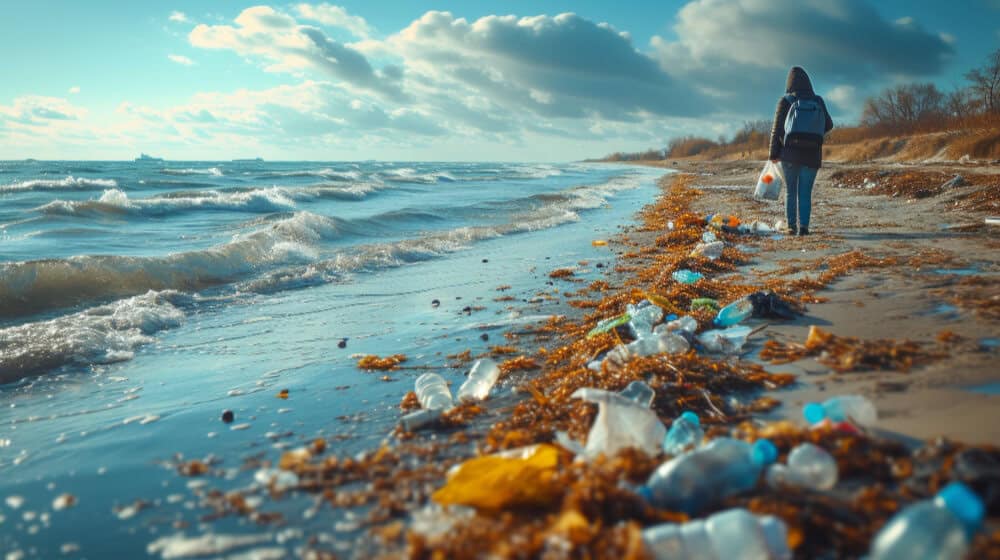
Plastic pollution has emerged as one of the most pressing environmental issues of our time. The ubiquitous presence of plastic in our oceans is causing significant harm to marine ecosystems. The effects of plastic pollution on marine life are extensive, threatening the health, diversity, and survival of many species. This article delves into the various ways plastic pollution impacts marine life, highlighting the urgency for action to mitigate this growing problem.
Understanding Plastic Pollution
Plastic pollution refers to the accumulation of plastic objects and particles in the Earth’s environment, adversely affecting wildlife, wildlife habitats, and humans. Due to its durability and resistance to degradation, plastic can persist in the environment for hundreds of years. This longevity, coupled with the massive production and poor disposal practices, has led to an estimated 8 million tons of plastic entering the oceans annually.
The Path of Plastic to the Ocean
Plastics reach the ocean through various pathways. Land-based sources, such as littering, inadequate waste management, and industrial activities, account for the majority of marine plastic pollution. Additionally, rivers serve as conduits, transporting plastic debris from inland areas to the sea. Once in the ocean, plastics can travel vast distances, carried by currents and wind patterns, eventually accumulating in gyres and other oceanic regions.
Types of Marine Plastic Pollution
Marine plastic pollution can be categorized into several types based on size and origin:
- Macroplastics: Large plastic debris such as bottles, bags, and fishing nets.
- Microplastics: Tiny plastic particles less than 5mm in diameter, including fragments from larger plastics and microbeads from personal care products.
- Nurdles: Small plastic pellets used in the production of plastic products, often spilled during transportation and manufacturing.
Effects of Plastic Pollution on Marine Life
Ingestion
One of the most direct effects of plastic pollution on marine life is ingestion. Marine animals, including fish, seabirds, and mammals, often mistake plastic debris for food. For example, sea turtles confuse plastic bags with jellyfish, one of their primary food sources. Ingesting plastic can cause physical harm, such as internal injuries, blockages, and even death. Additionally, plastics can carry toxic substances that leach into the animal’s body, leading to poisoning and long-term health issues.
Entanglement
Entanglement is another severe consequence of plastic pollution. Marine creatures can become ensnared in abandoned fishing gear, plastic packaging, and other debris. This entanglement can lead to restricted movement, impaired feeding, injuries, and drowning. For instance, seals and dolphins often get caught in discarded fishing nets, which can result in fatal outcomes if they are unable to free themselves.
Habitat Disruption
Plastic pollution also disrupts marine habitats. Coral reefs, vital ecosystems that support a diverse range of marine life, are particularly vulnerable. Plastics can smother corals, blocking sunlight and reducing oxygen levels, which are crucial for their survival. Moreover, the presence of plastics can alter the physical structure of habitats, affecting the species that rely on them for shelter and breeding.
Bioaccumulation of Toxins
Plastics are not only a physical threat but also a chemical one. Many plastics contain harmful additives like bisphenol A (BPA) and phthalates, which can leach into the water and be absorbed by marine organisms. Additionally, plastics can act as vectors for other pollutants, such as heavy metals and persistent organic pollutants (POPs). These toxins can bioaccumulate in the food chain, leading to increased concentrations in predators, including humans, who consume seafood.
The Broader Implications
The effects of plastic pollution extend beyond individual species to entire ecosystems and human communities. The loss of biodiversity and the disruption of food chains can have cascading effects, compromising the health of marine ecosystems. For human populations, particularly those that rely on the ocean for food and livelihoods, plastic pollution poses a significant threat to food security and economic stability.
Mitigation and Solutions
Addressing the effects of plastic pollution on marine life requires a multi-faceted approach involving prevention, cleanup, and policy measures.
Prevention
Preventing plastic pollution is the most effective strategy. This involves reducing plastic production and consumption through sustainable practices and alternatives. Public awareness campaigns and education can play a crucial role in changing consumer behavior and promoting responsible disposal.
Cleanup Efforts
Cleanup initiatives, both large-scale and community-based, are essential in removing existing plastic from marine environments. Organizations and volunteers around the world participate in beach cleanups, while innovative technologies are being developed to collect plastics from oceans and rivers.
Policy and Regulation
Governments and international bodies must enforce stricter regulations on plastic production, use, and disposal. Bans on single-use plastics, incentives for recycling, and extended producer responsibility (EPR) schemes can significantly reduce the amount of plastic entering the oceans.
Conclusion
The effects of plastic pollution on marine life are profound and far-reaching. From ingestion and entanglement to habitat disruption and toxic exposure, plastic poses a serious threat to marine ecosystems. Addressing this crisis requires a collective effort from individuals, communities, industries, and governments worldwide. By adopting sustainable practices, supporting cleanup efforts, and implementing effective policies, we can mitigate the impact of plastic pollution and protect marine life for future generations.
4o
